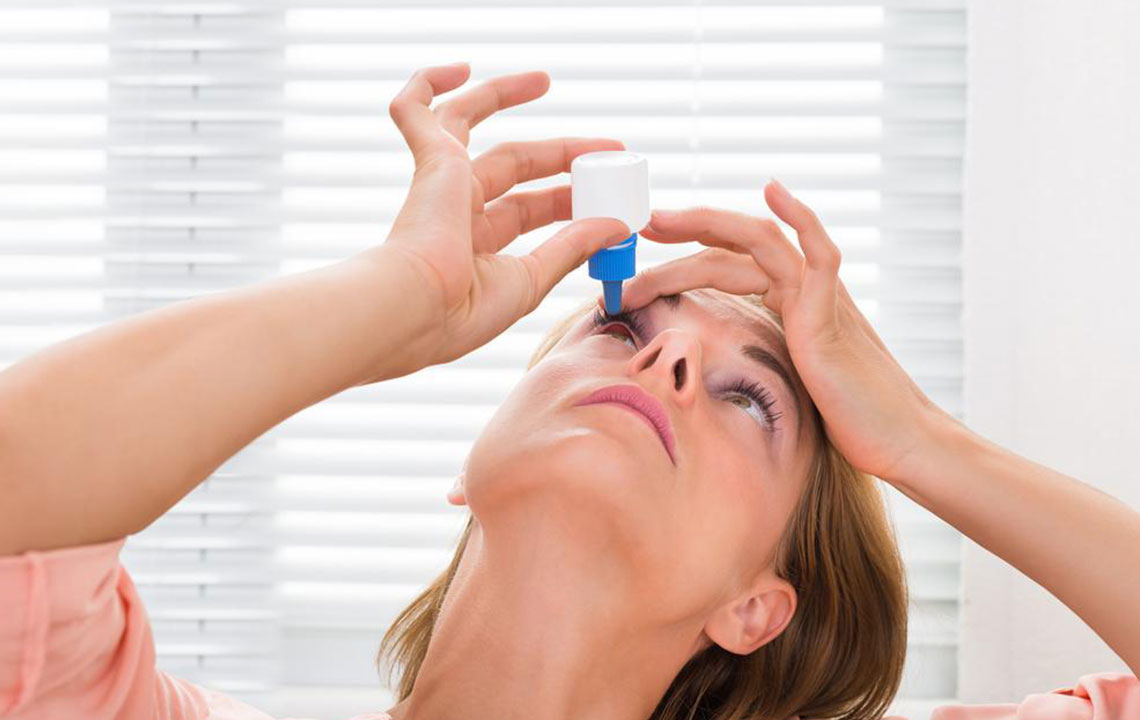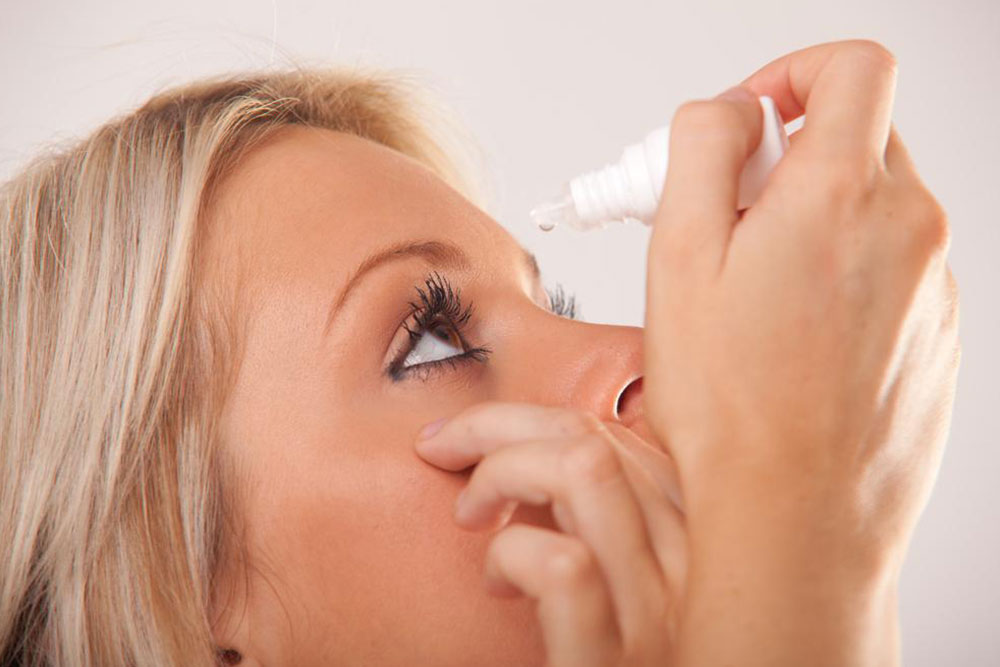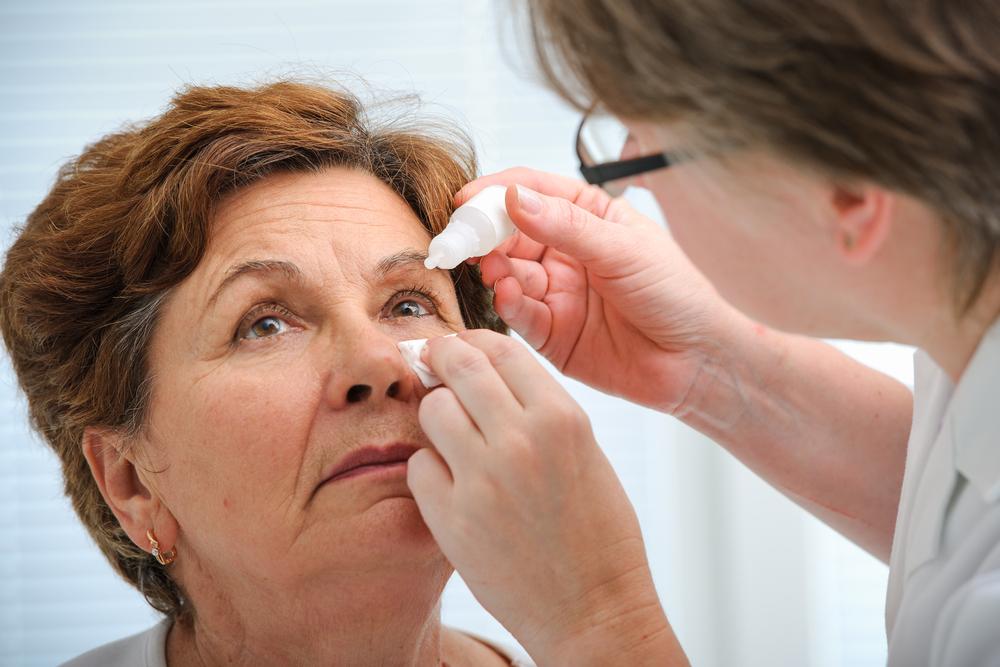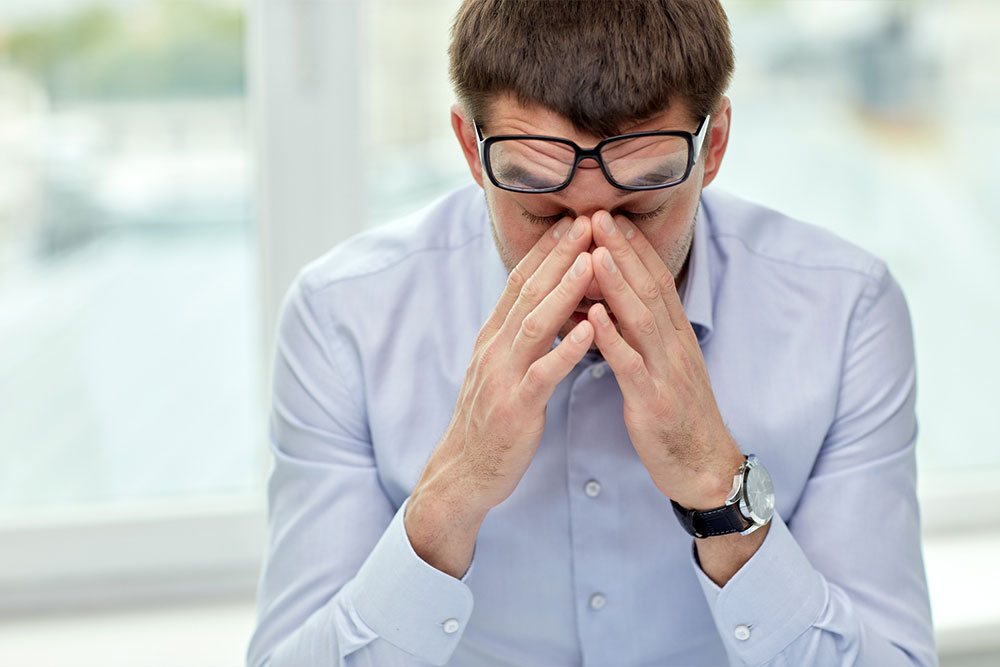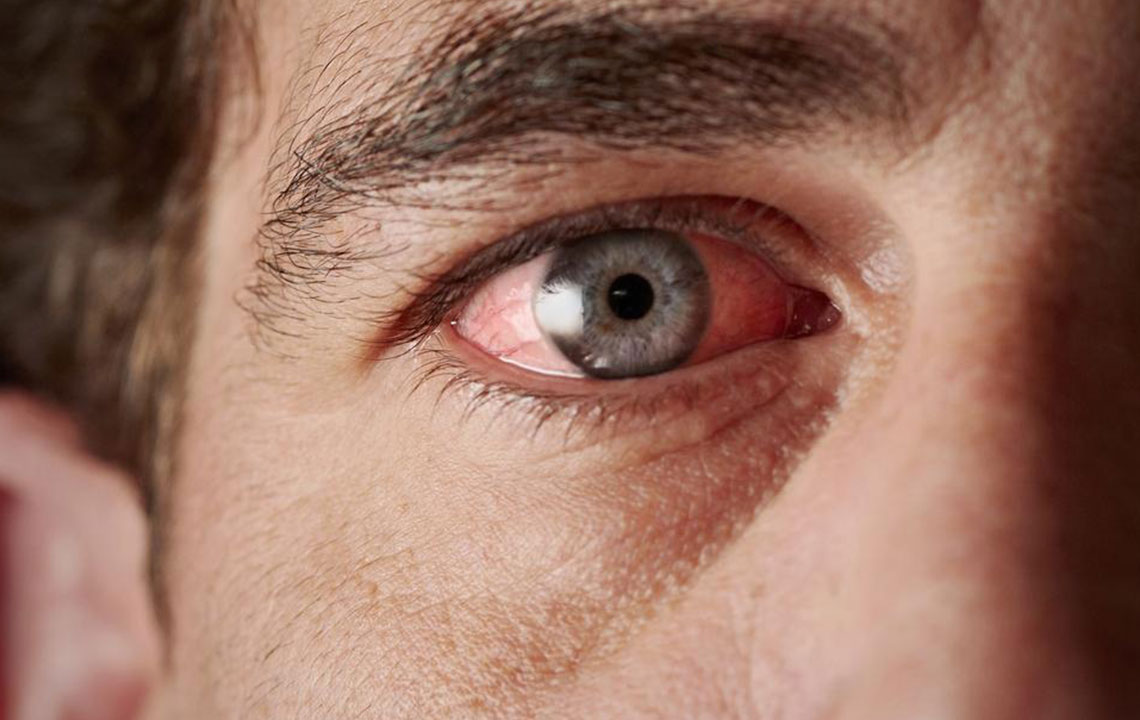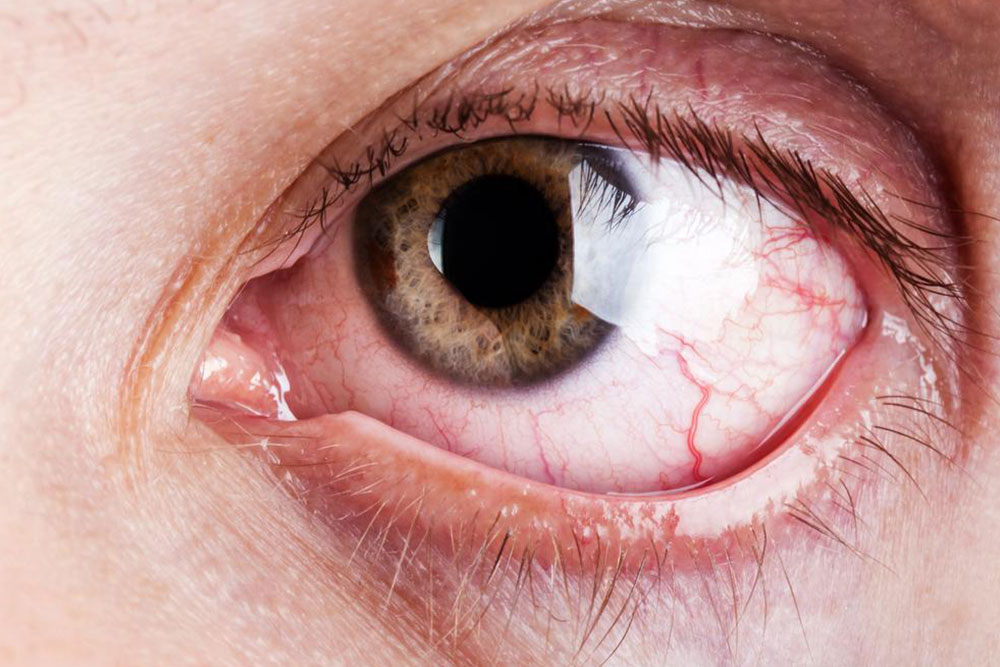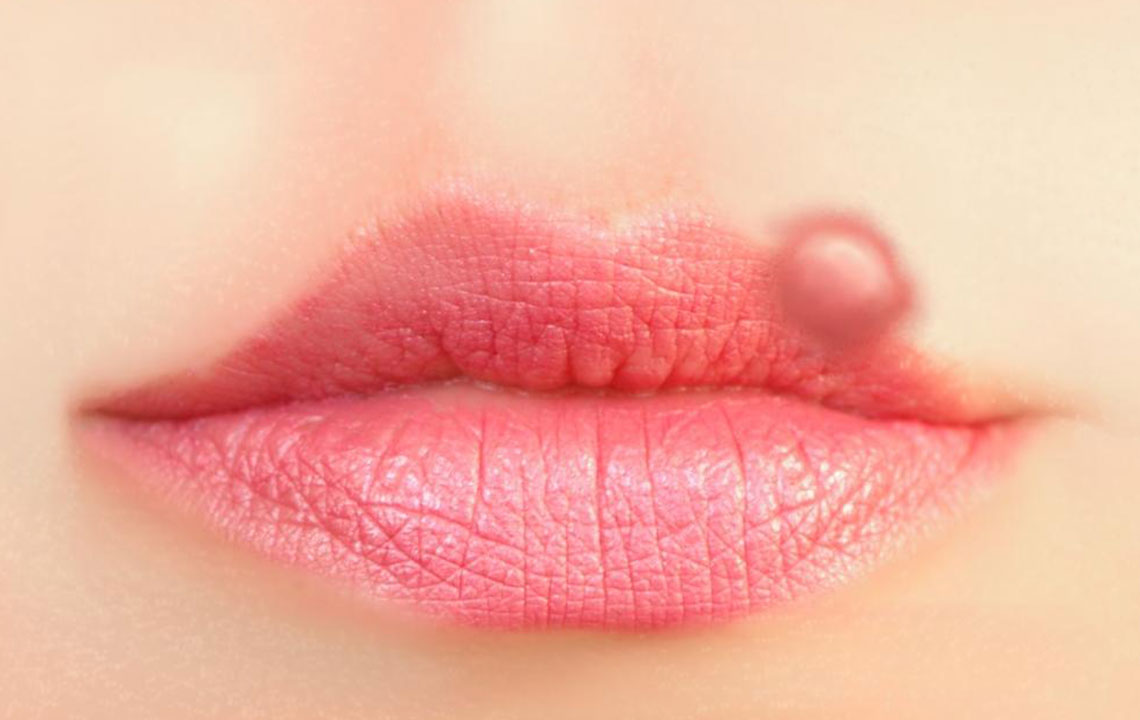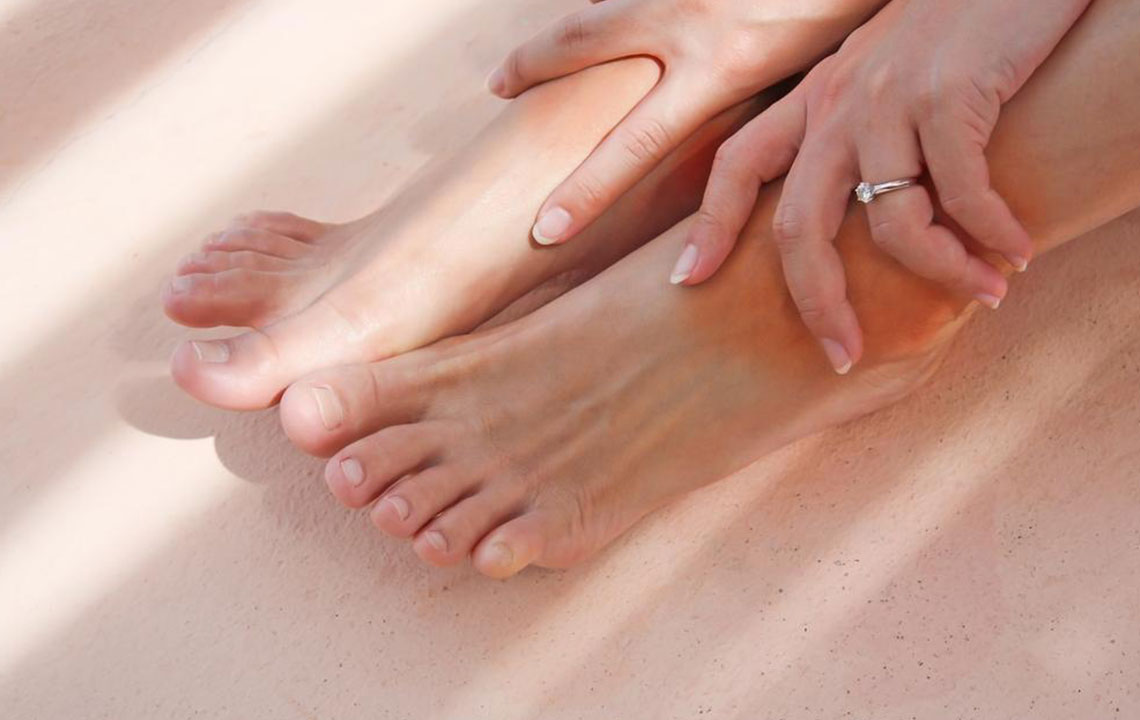Understanding and Managing Chronic Dry Eye: Causes and Treatments
Discover the main causes of chronic dry eye and explore effective treatments including artificial tears, gland therapies, and lifestyle modifications. Learn how age, environment, and screen time influence eye health, and find practical remedies to alleviate discomfort and prevent complications.
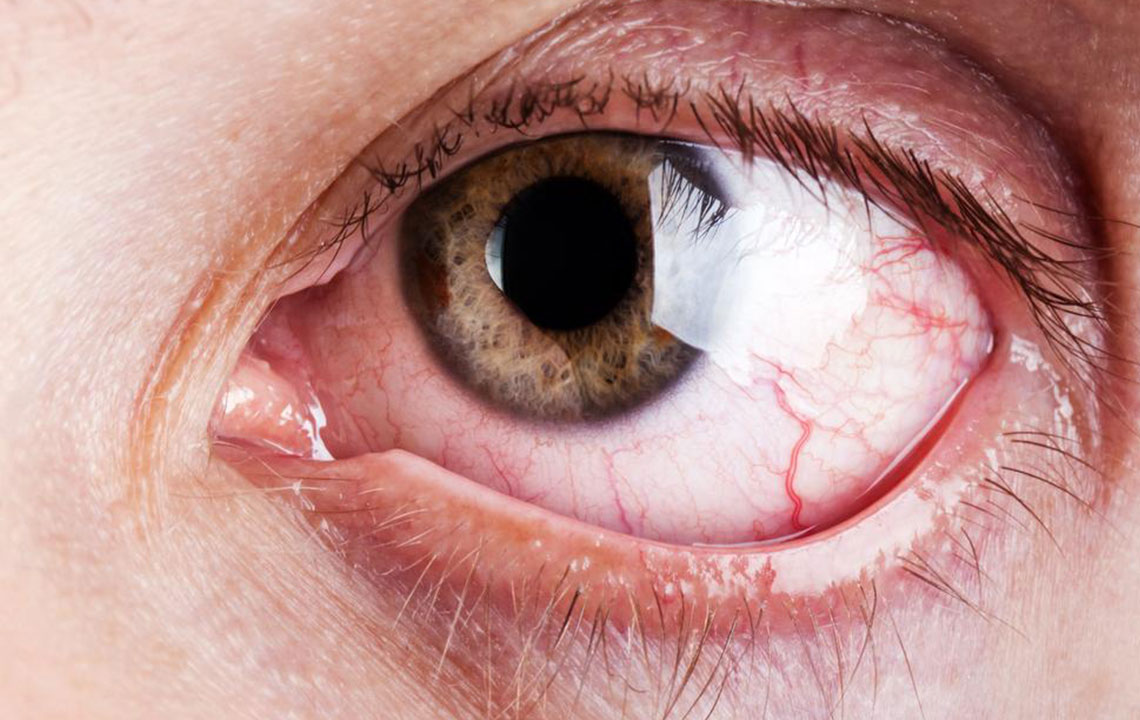
Understanding and Managing Chronic Dry Eye: Causes and Treatments
Dry eye syndrome happens when tears fail to keep the eye surface sufficiently lubricated. Its likelihood increases with age and can result in persistent discomfort, inflammation, and even scarring of the cornea.
Common symptoms include burning, itching, heaviness, fatigue, redness, light sensitivity, blurred vision, and the sensation of foreign objects in the eye. Interestingly, dryness can sometimes trigger excessive tearing as a protective response.
Vital to eye health is a stable tear film—composed of water, lipids, and mucin—that keeps eyes moist, clean, and protected from infections. Disruption in any component can lead to dryness.
Meibomian glands produce oils that prevent tear evaporation, while lacrimal glands generate the watery component. Insufficient secretion from these glands results in dry eyes, especially with prolonged screen time, contact lens usage, or environmental factors like dry indoor air from air conditioning or fans.
Smoking and certain health issues also contribute to dry eye problems. Proper diagnosis by an eye specialist guides effective treatment options.
Common remedies include:
Artificial tears to provide temporary lubrication
Prescription eye drops to reduce inflammation and stimulate natural tear production
Sterile inserts under the eyelids for continuous relief
Warm compresses to unblock meibomian glands
Lipiflow thermal therapy to soften gland blockages
Intense pulsed light (IPL) therapy to treat inflammation caused by rosacea
Additional home strategies may help:
Omega-3 fatty acid supplements found in fatty fish or flaxseed oil
Removing eye makeup thoroughly to prevent gland clogging
Note: This article offers general information regarding dry eye syndrome. For accurate diagnosis and tailored treatment, consult an eye care professional. The website does not assume responsibility for decisions based on this content.

